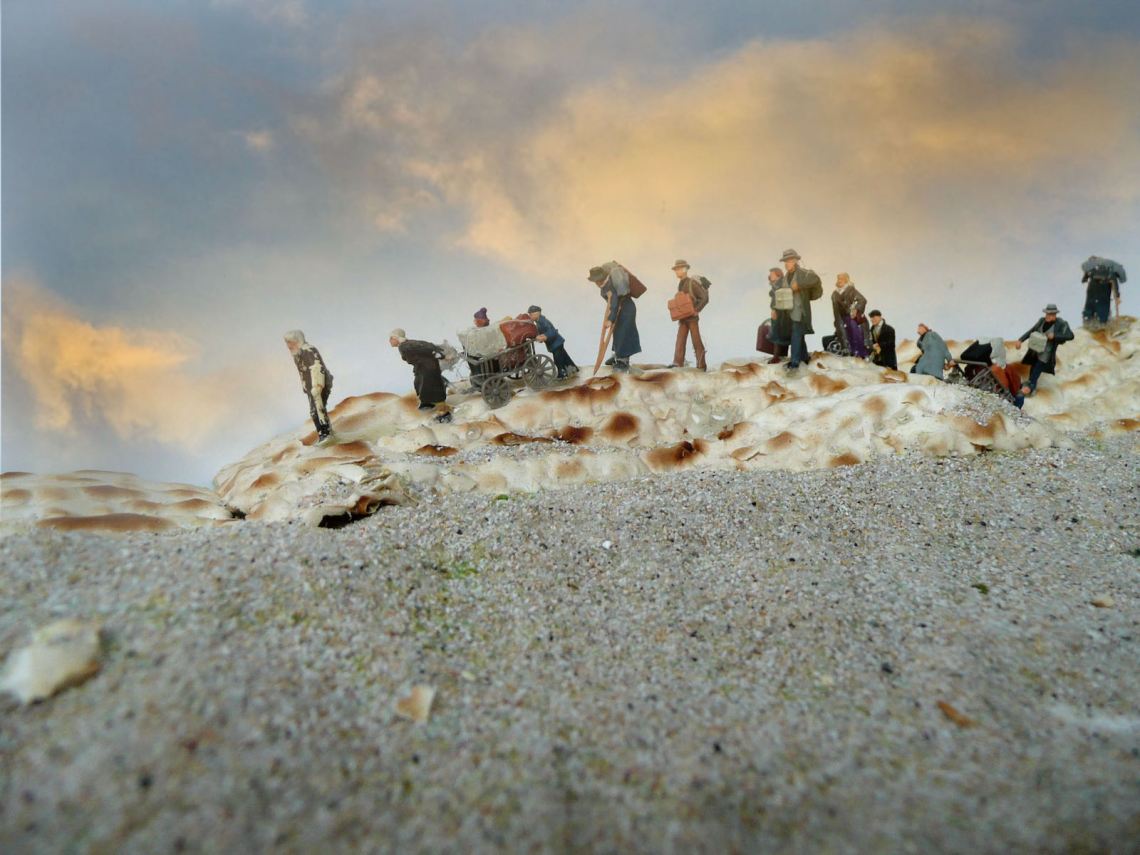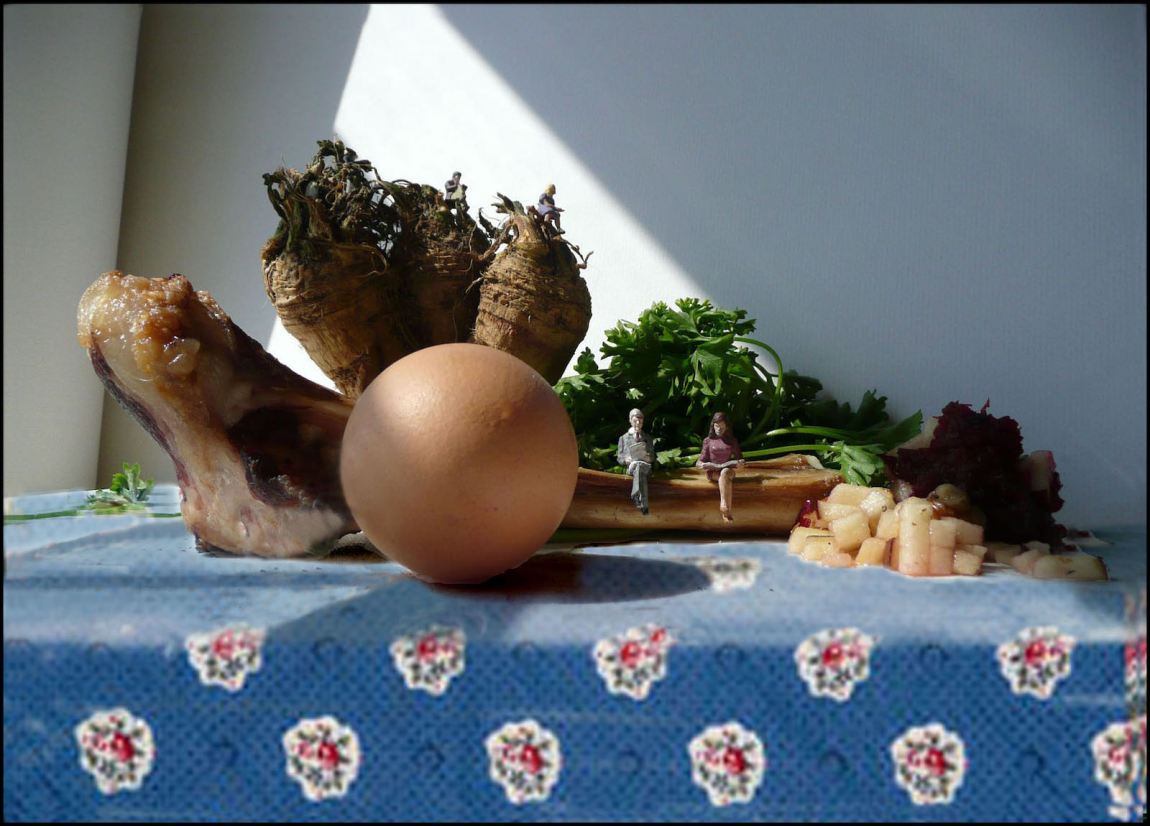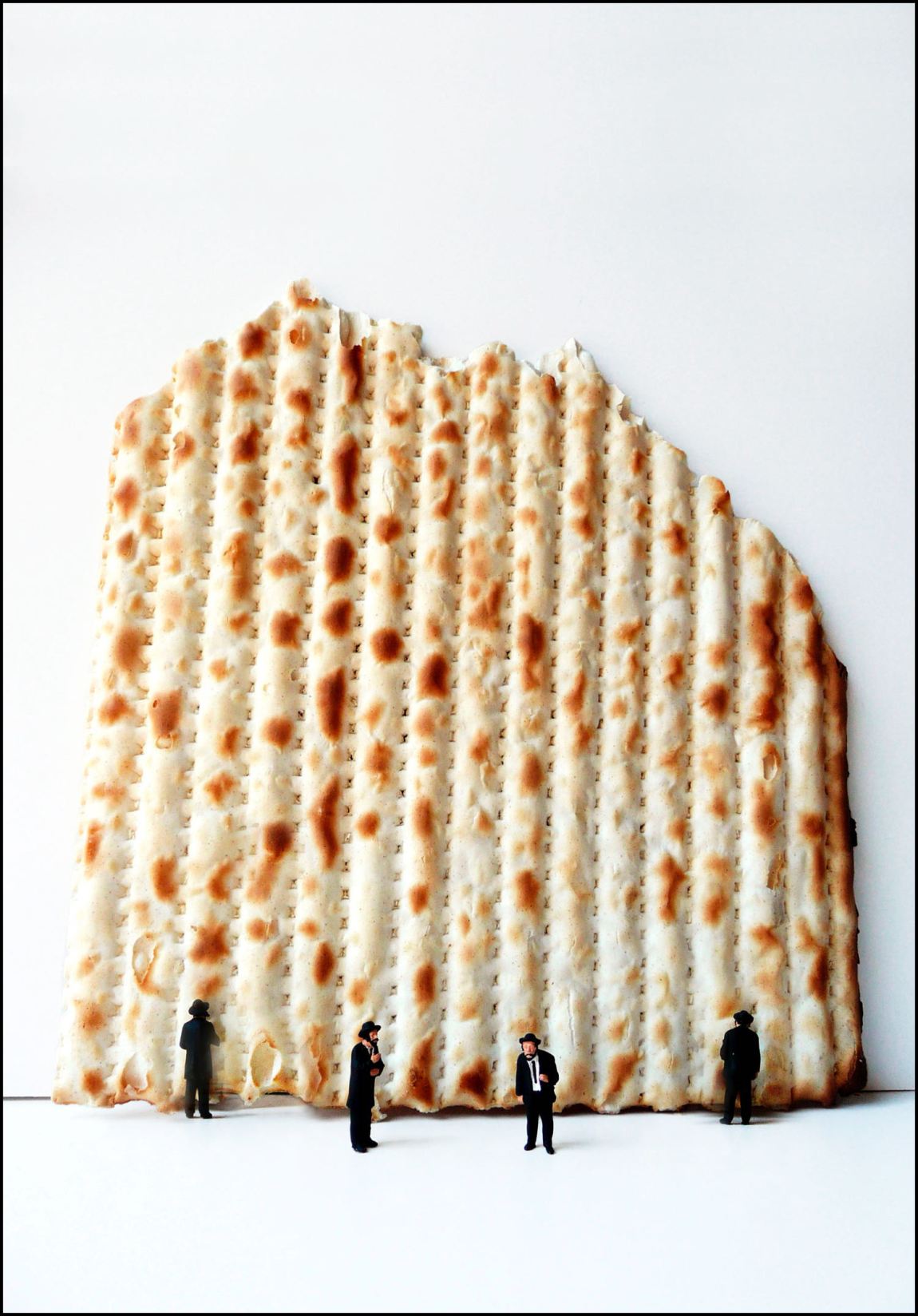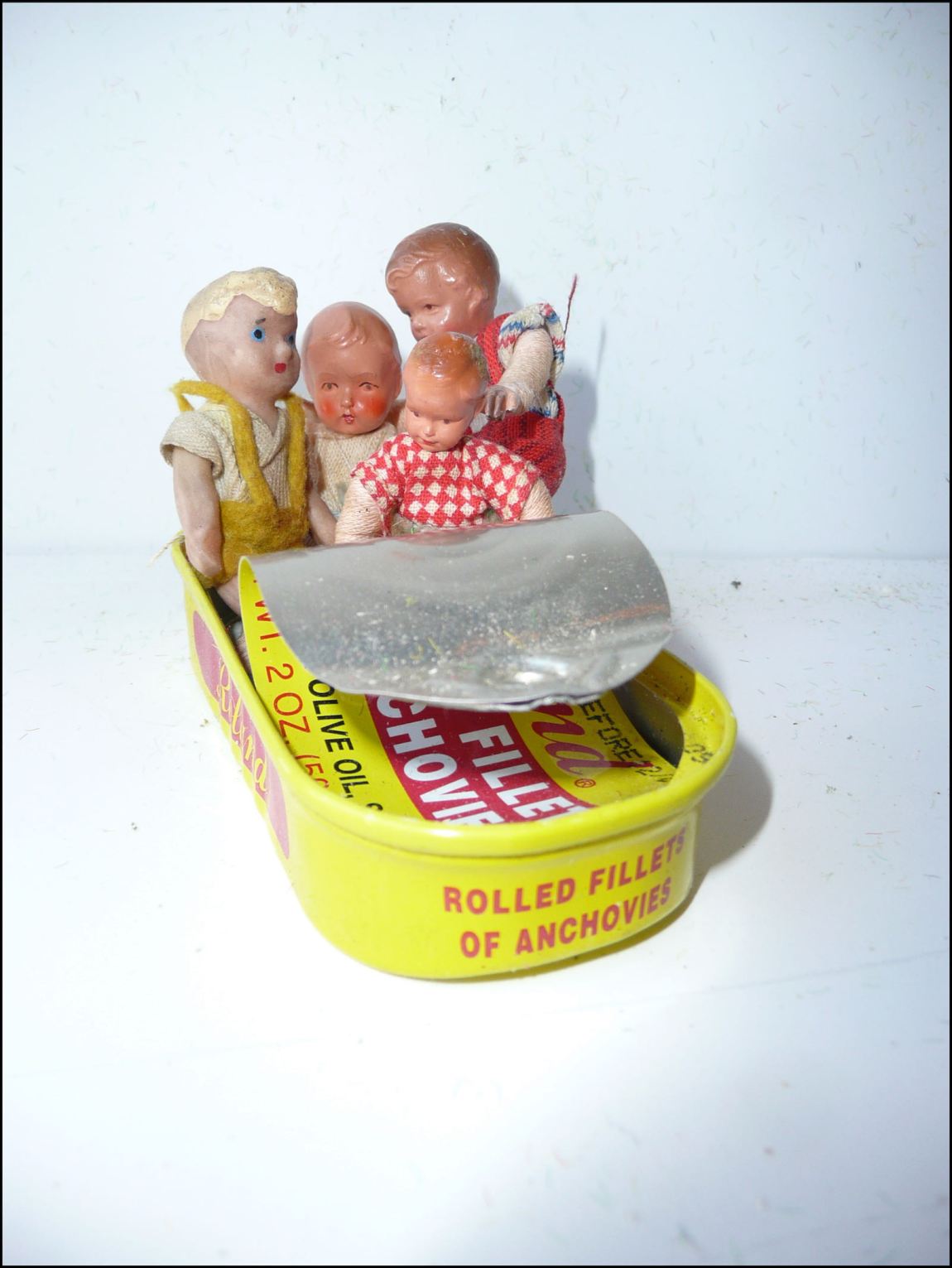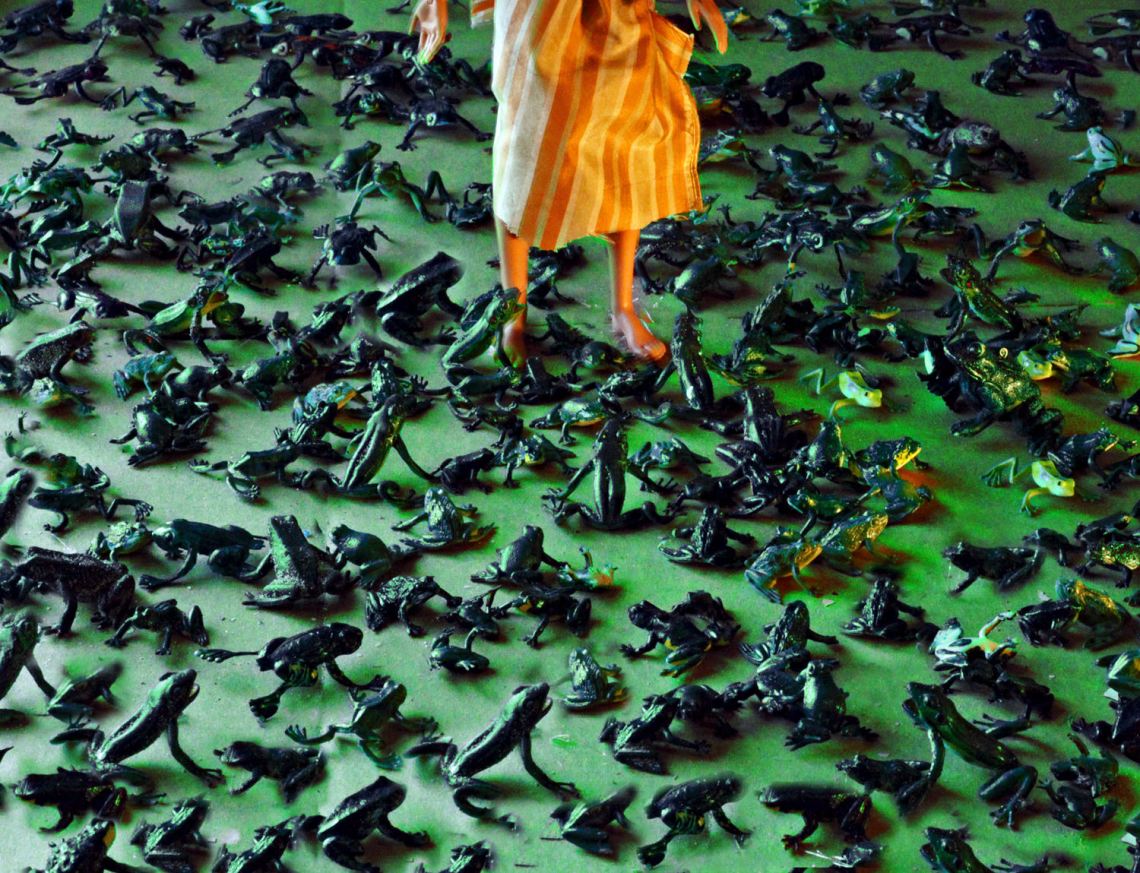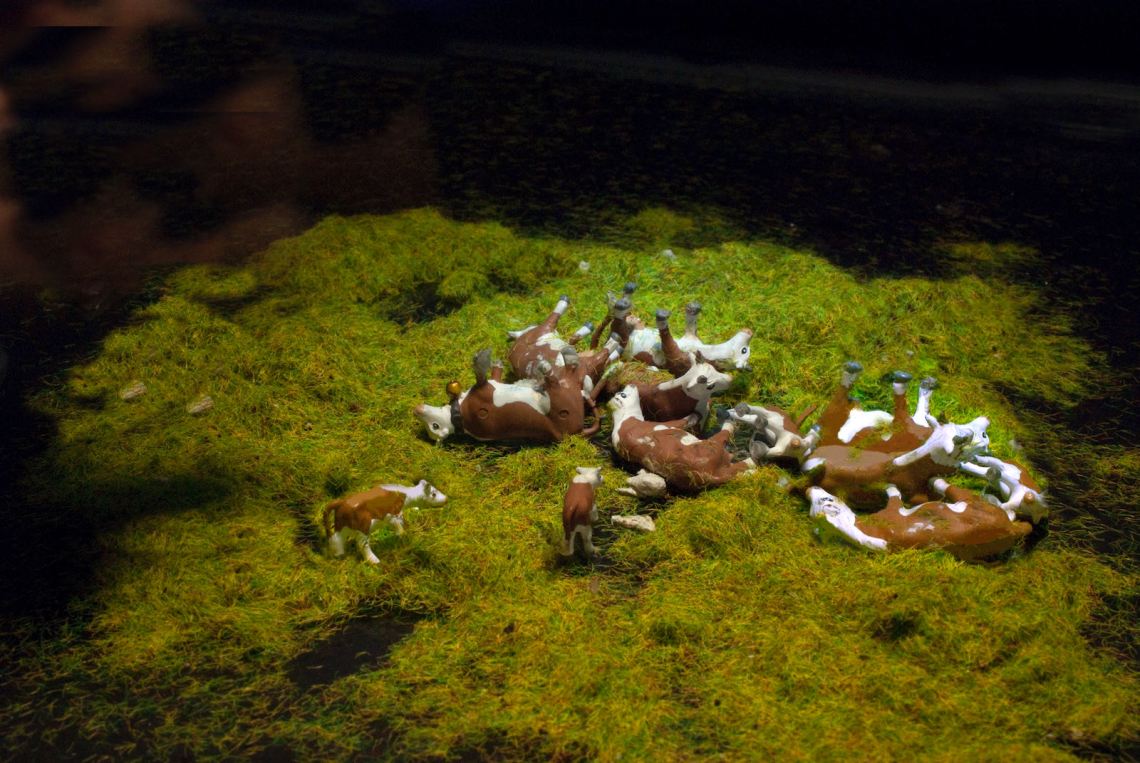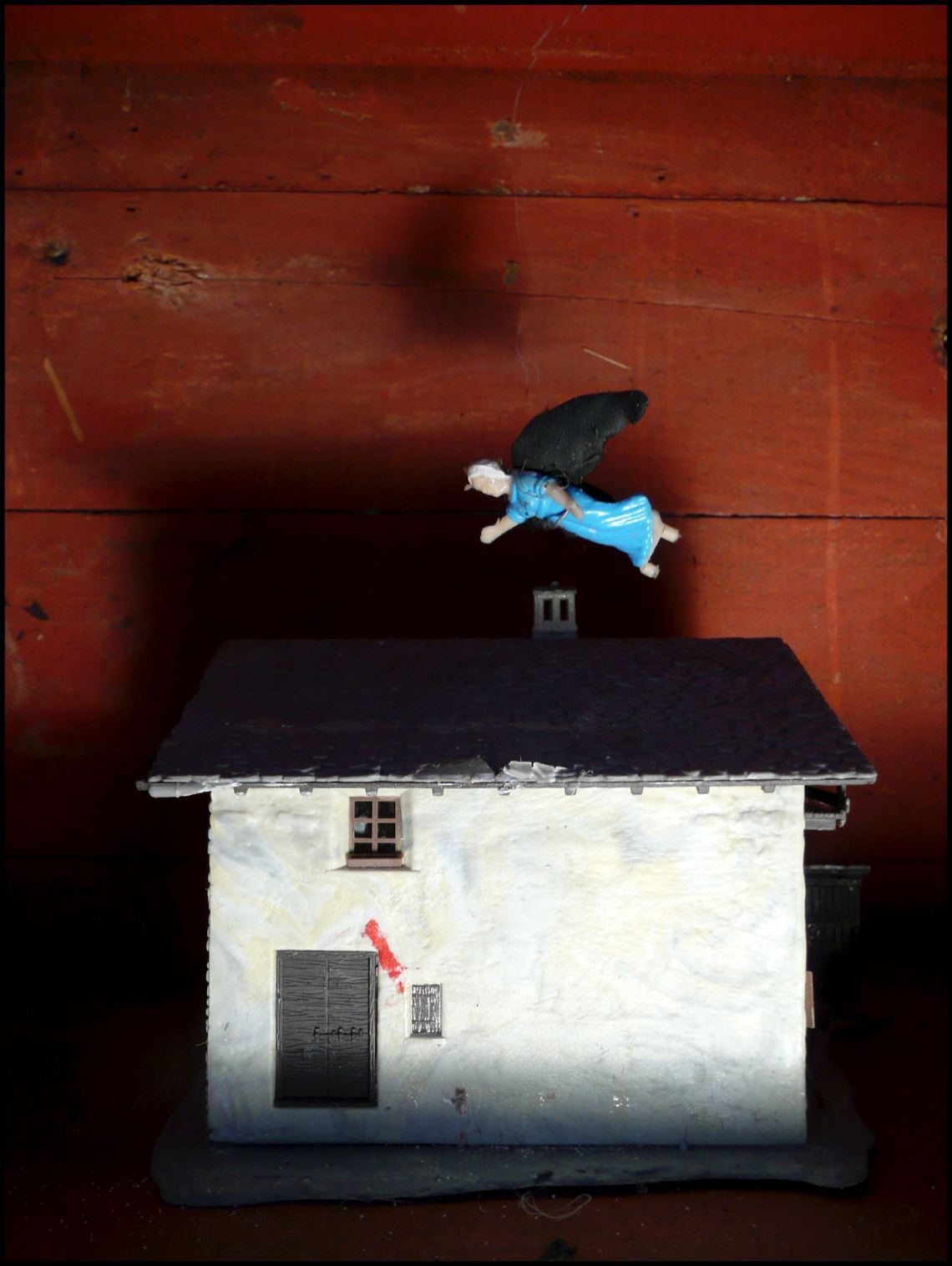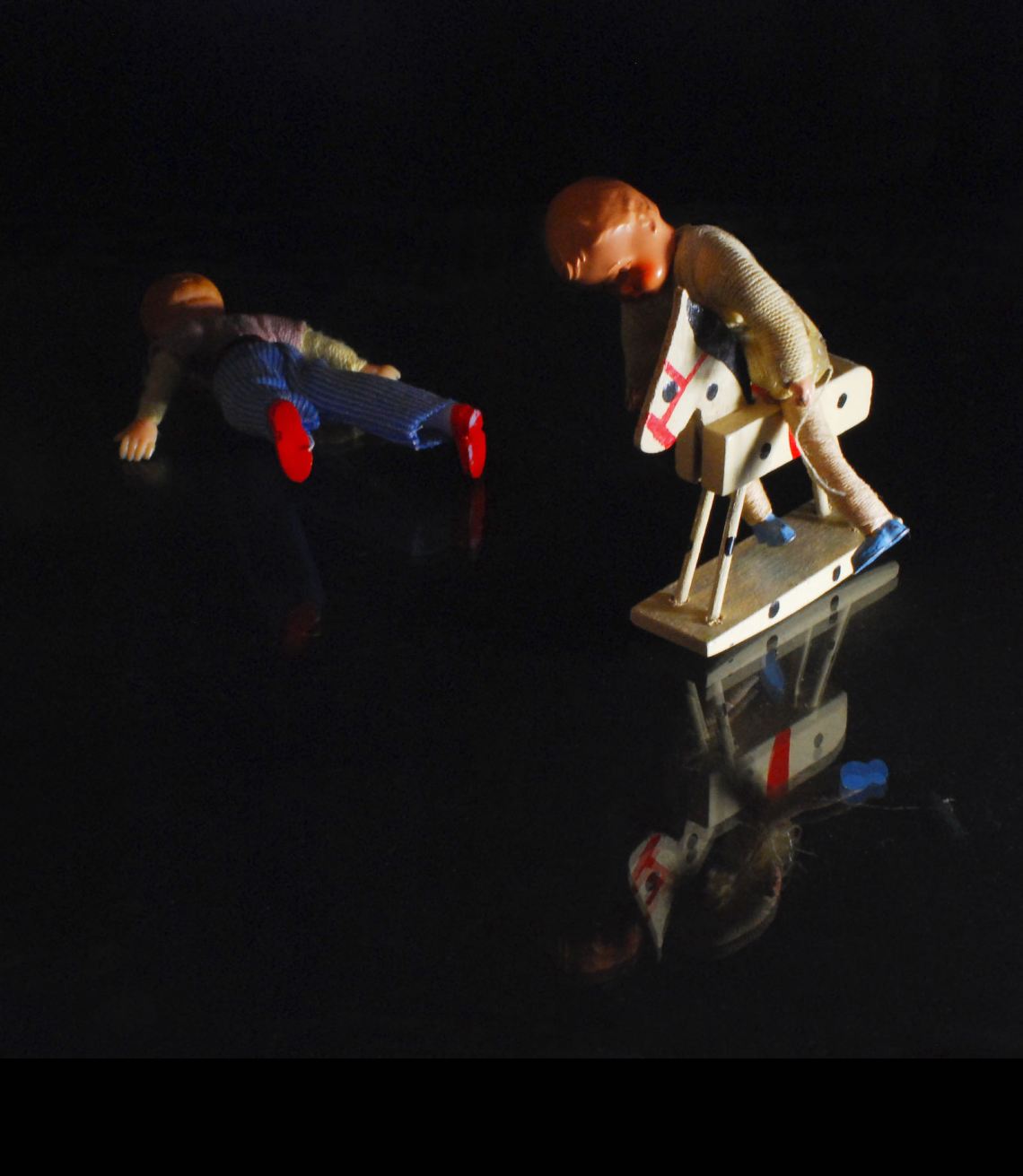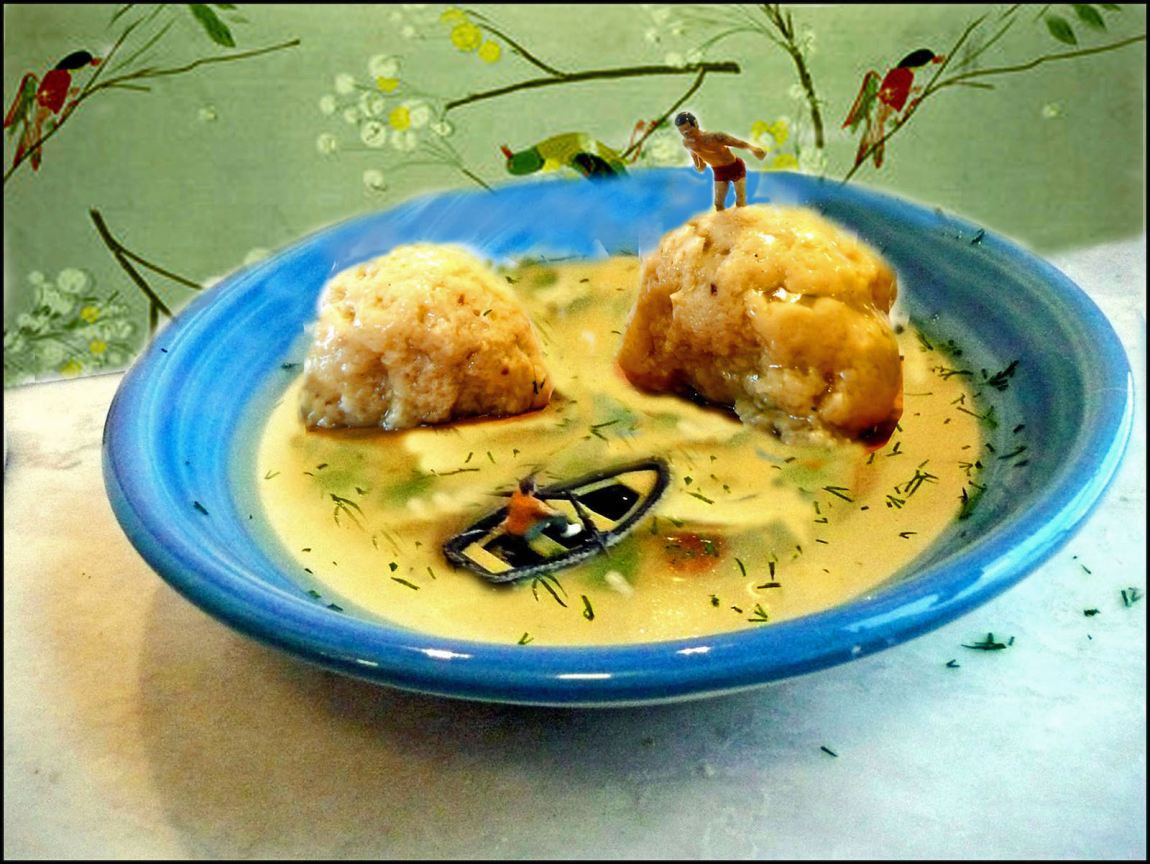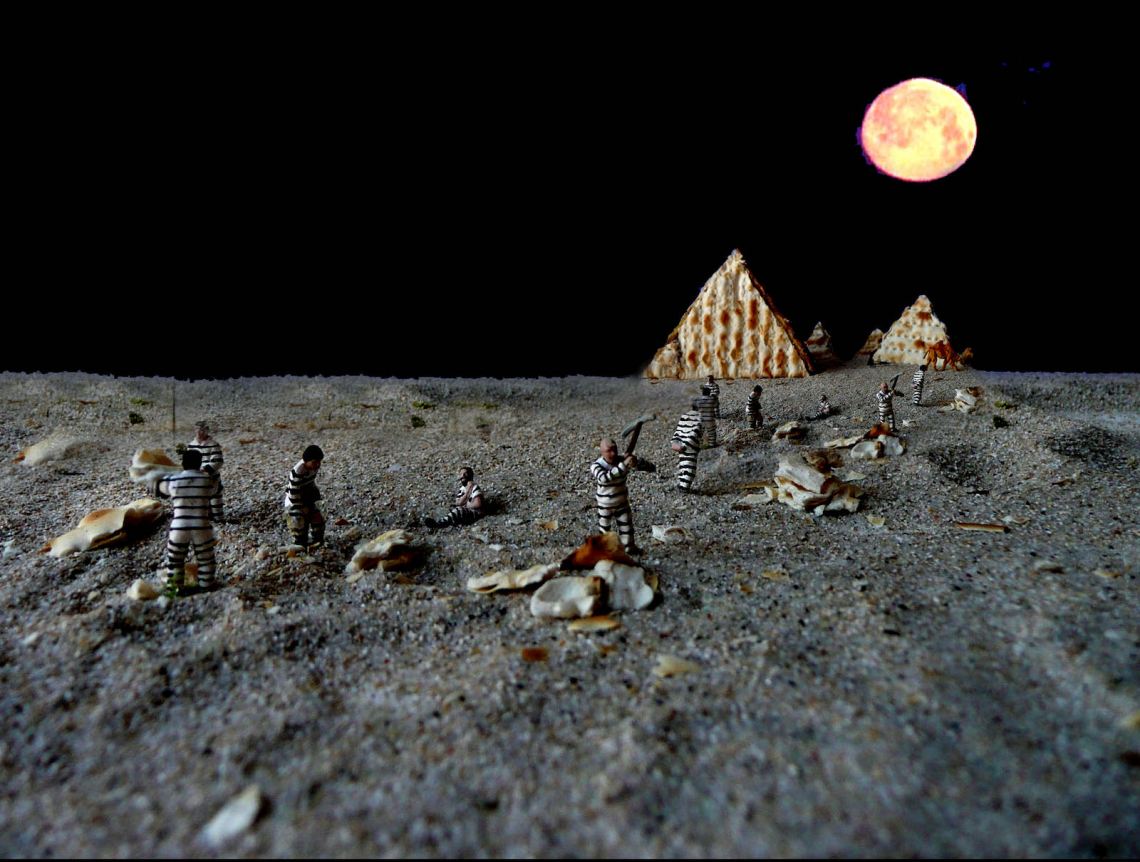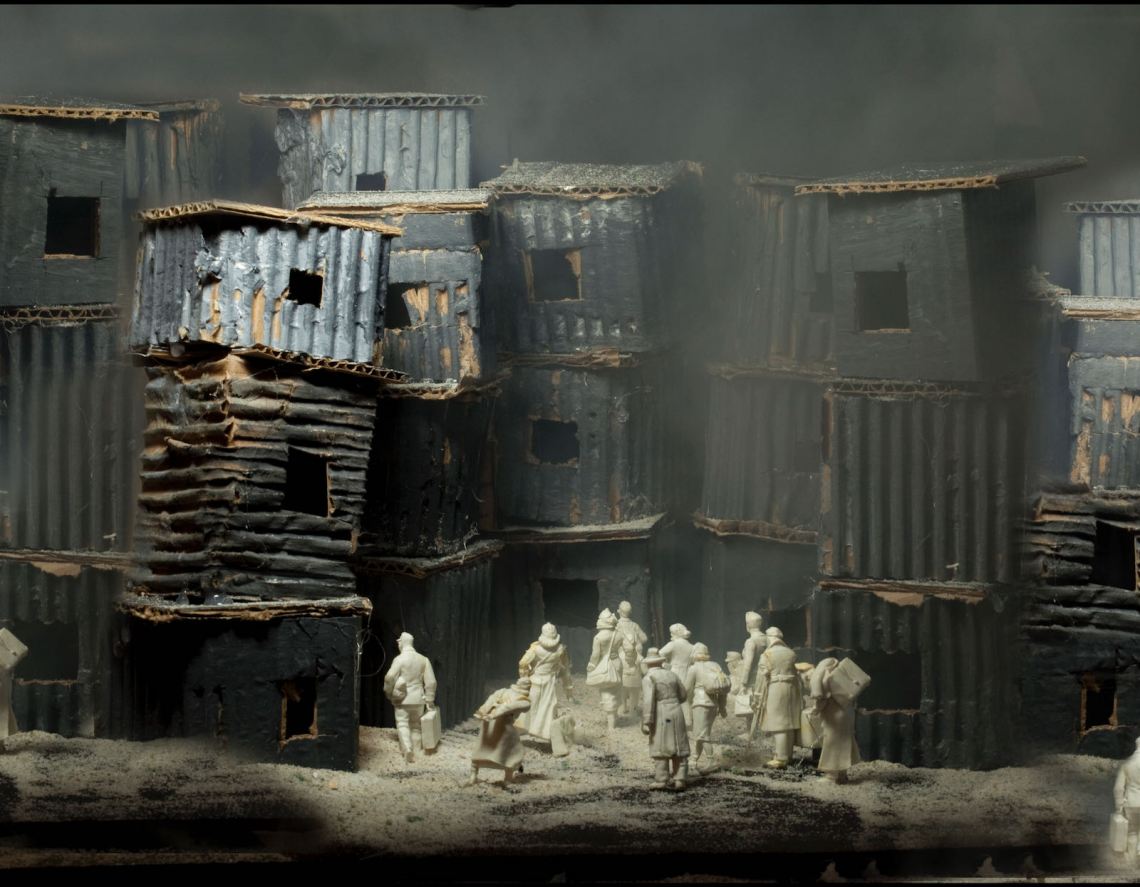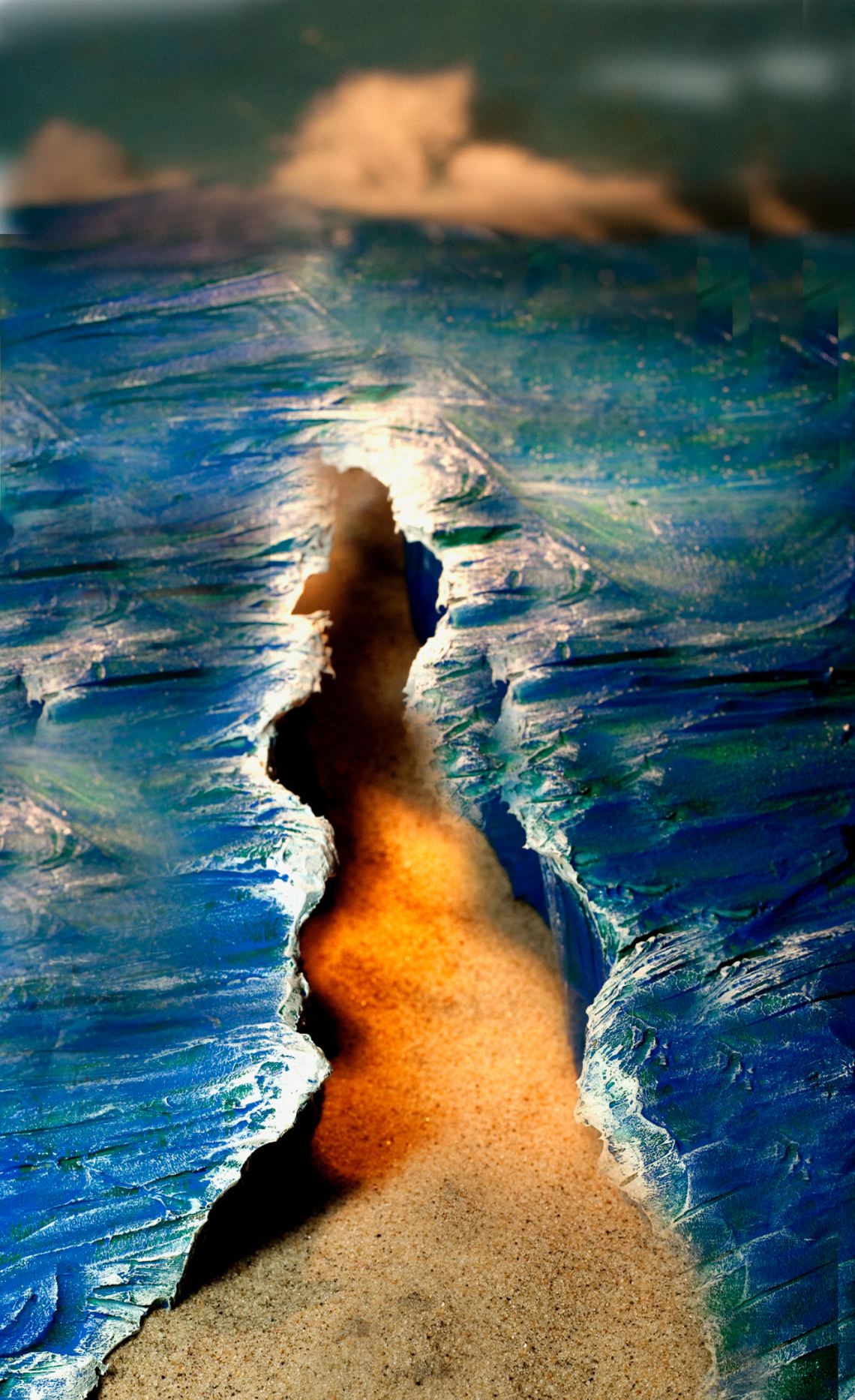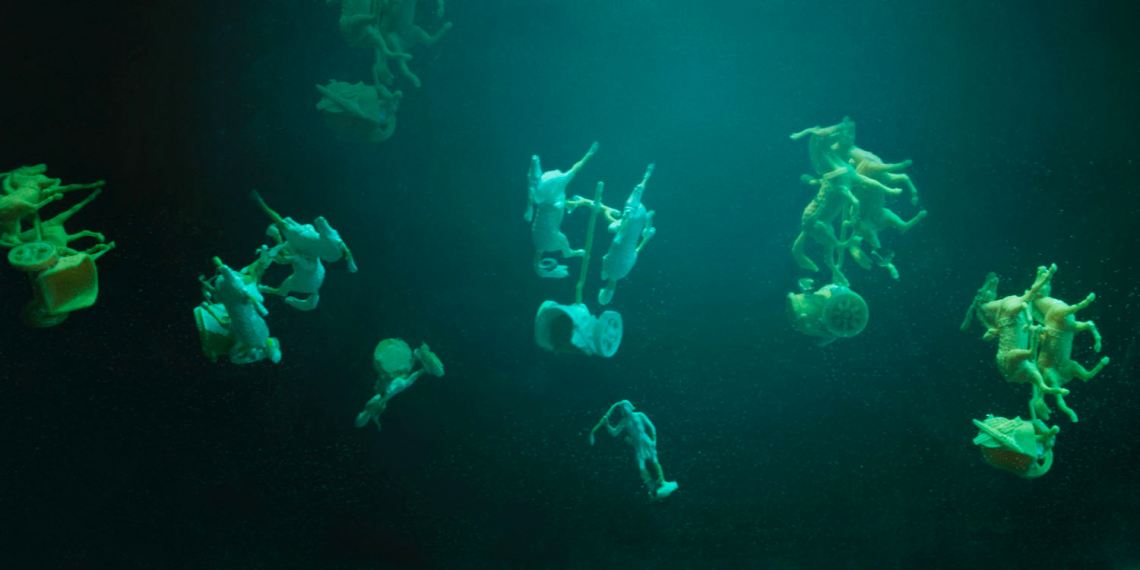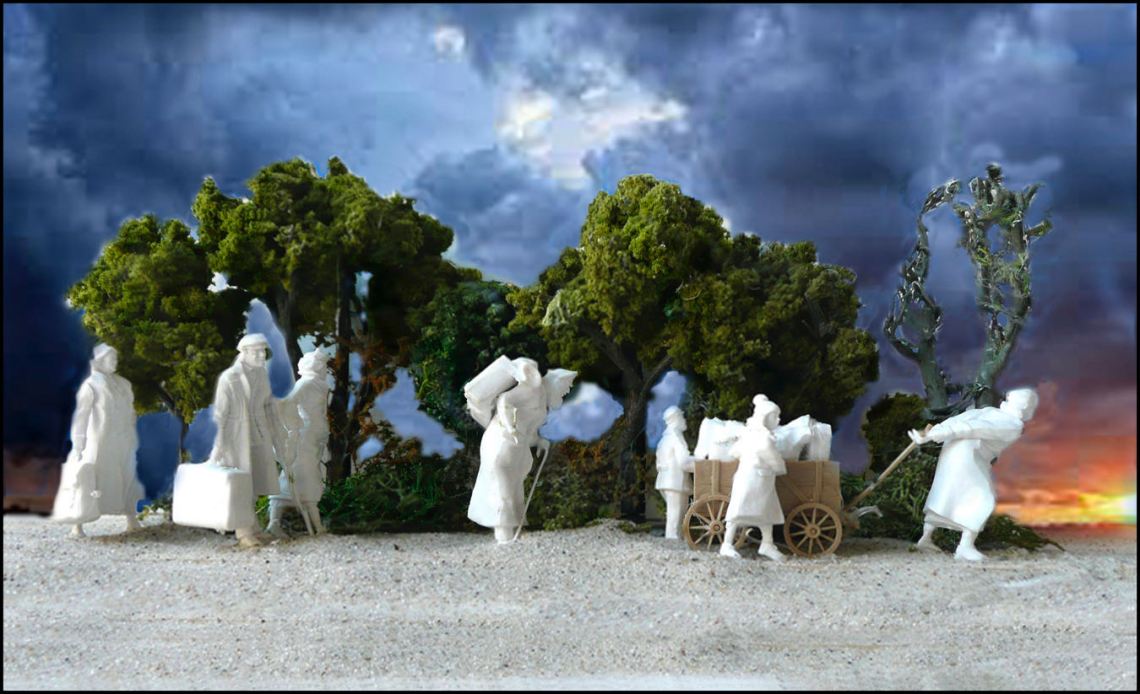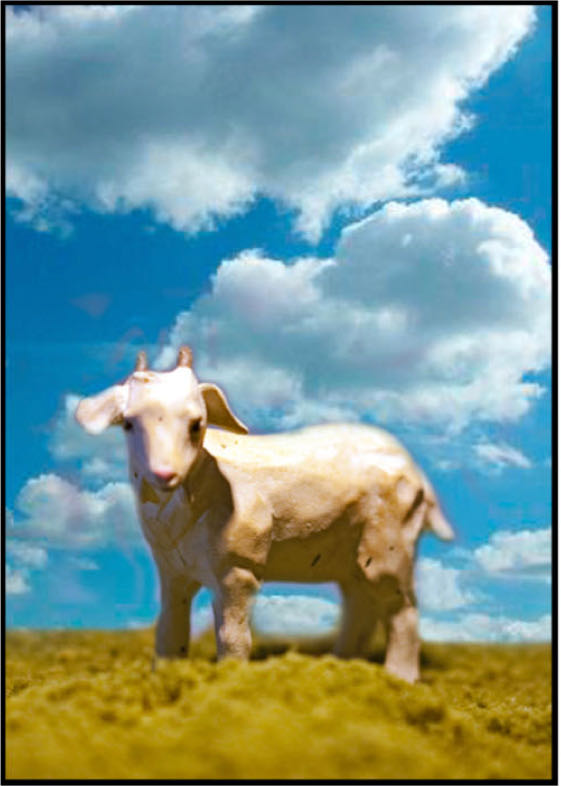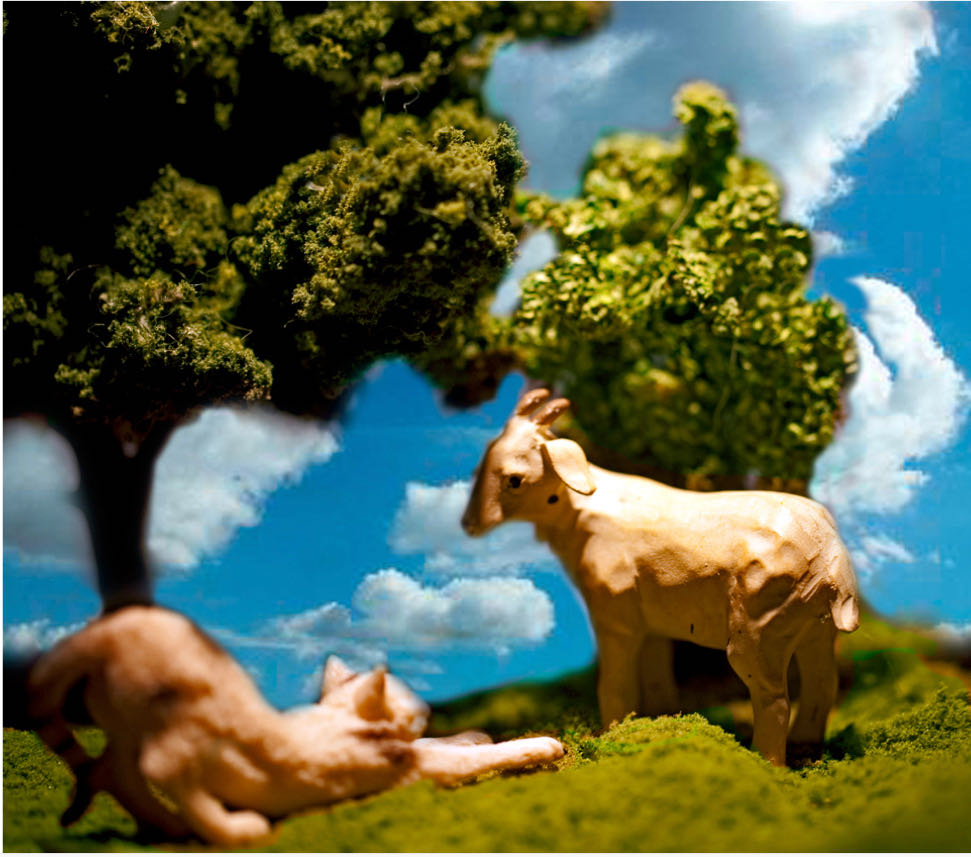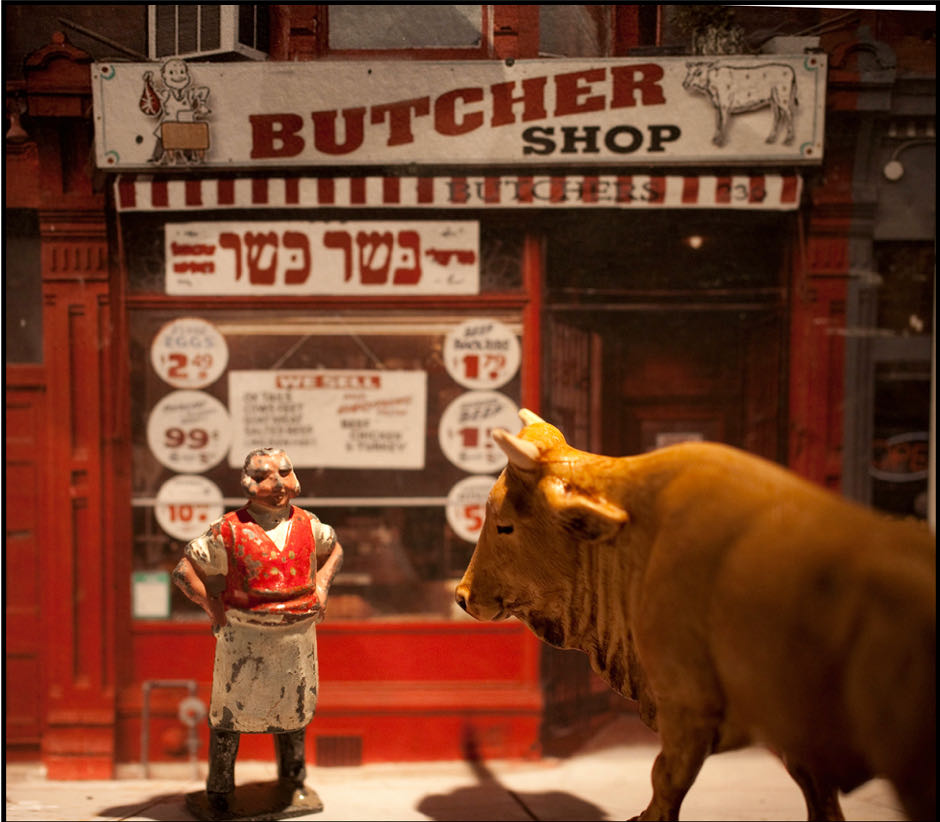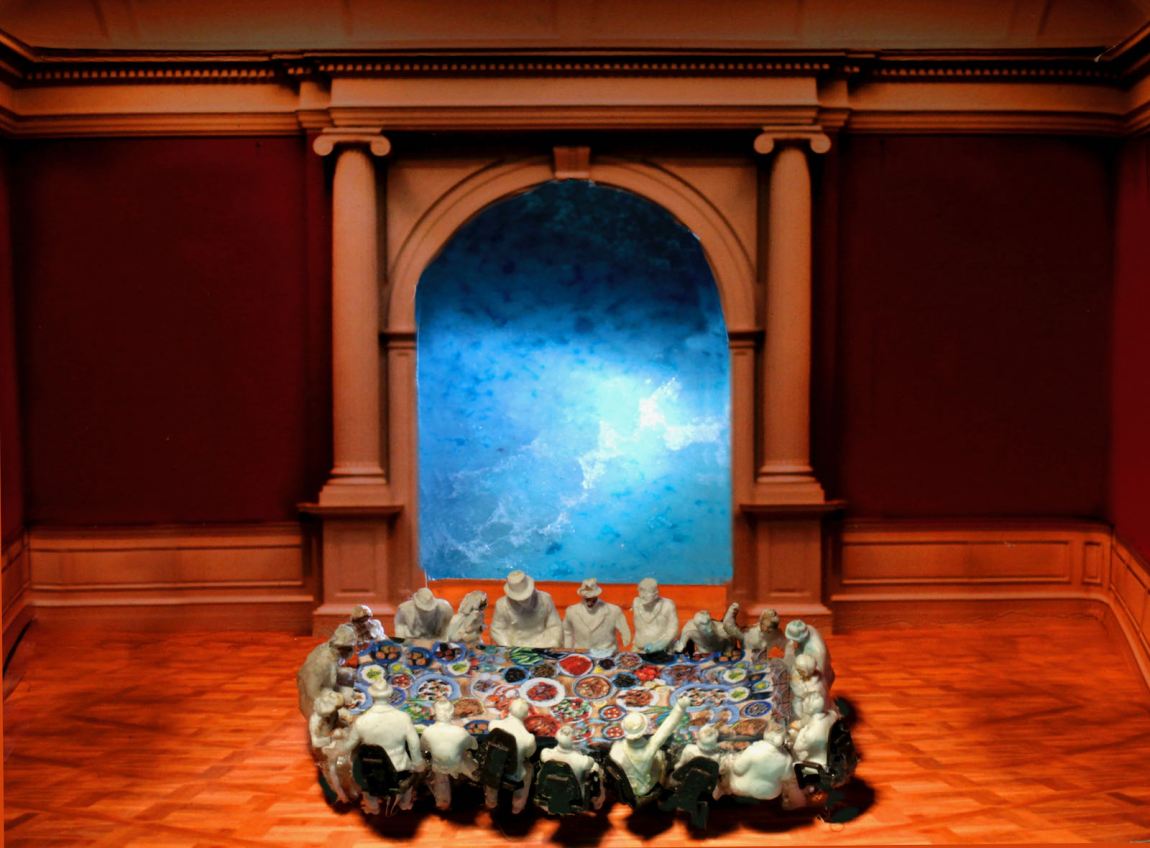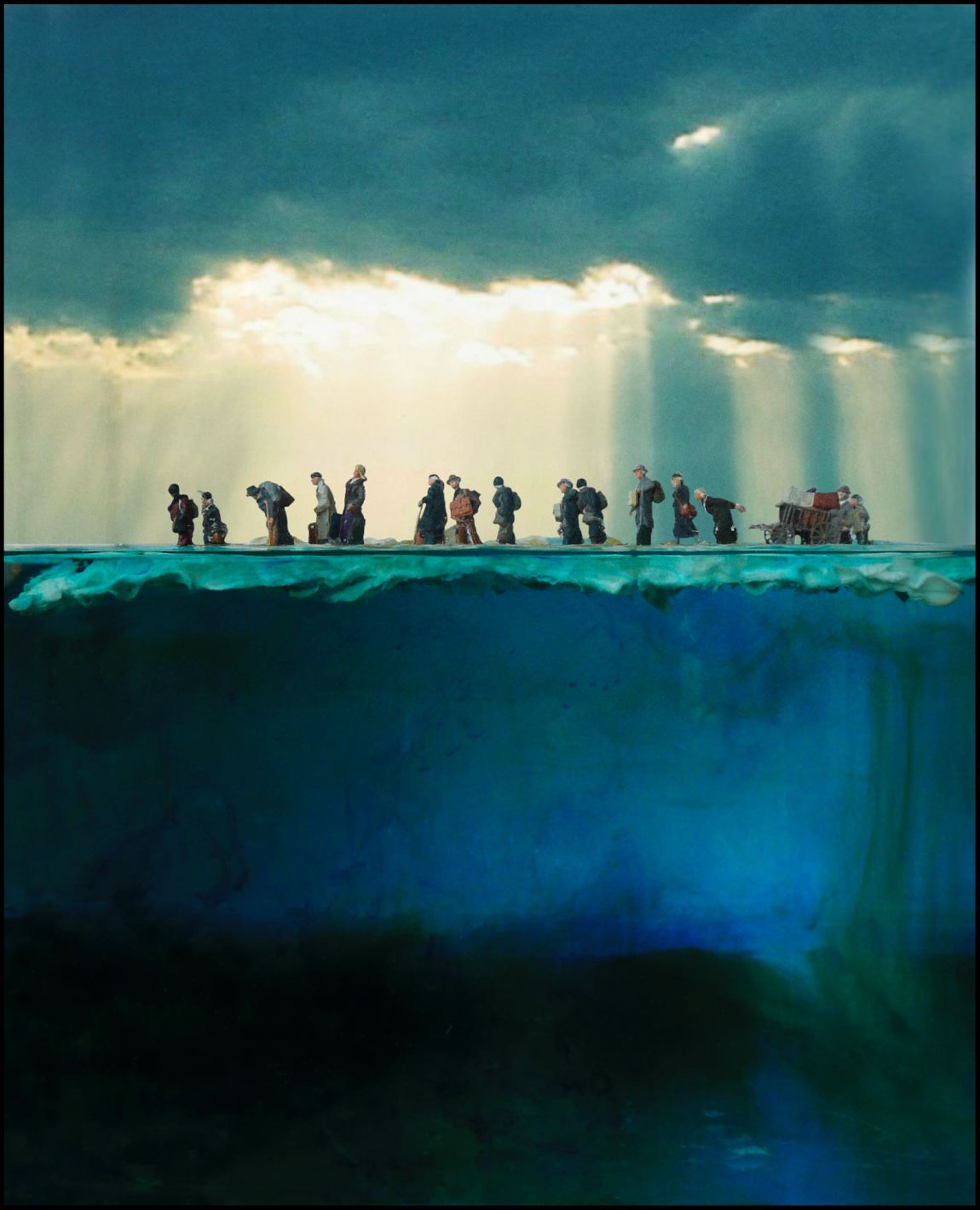The Seder Plate
The Hebrew word seder means order, because the prayers and readings and rituals are to be performed in a sequence of fourteen steps prescribed in the text of the Haggadah.
On the Seder Plate are six items. Karpas, or parsley, is meant to symbolize hope, spring and renewal. It is dipped in salt water to evoke the tears of slavery. Maror, the bitter herbs, we know reminds us of the bitterness of slavery. Haroset, the mixture of apples, nuts, wine, honey, and spices represents the mortar that the slaves used in making the pyramids. Baytza, the roasted egg, may represent the festival sacrifice, but also the new life of spring. Zeroa, the roasted shank bone, may represent the sacrifice burnt on the night before the Israelites fled Egypt. It may also recall the lamb whose blood was smeared on the doorposts of the Israelites when the Angel of Death flew over and slew the Egyptians’ firstborn. The sixth item consists of three Matzot (matzah).
Hiding the Afikomen
There are three covered pieces of matzah on the table. We break the middle matzah in two, keeping the larger half for hiding. This now becomes the afikomen, the “dessert,” which we wrap in a napkin and hide from the children. At the end of the meal, the children search for and “steal” the afikomen and refuse to return it until they are given a reward.
The Four Questions
These are the questions the youngest child is expected to ask.
1. On all other nights, we eat leavened and unleavened bread (matzah). Tonight, we eat only matzah. Why is this night different from all other nights?
2. On all other nights, we eat all kinds of herbs. Why, tonight, must we eat only bitter herbs?
3. On all other nights we do not dip our herbs even once. Why, tonight, do we dip twice?
4. On all other nights, we eat either sitting straight or leaning. Why, tonight, are we required to recline?
The Haggadah speaks of four children: one wise, one wicked, one simple, and one who does not even know how to ask a question. We should understand this as really saying that children are all different, they learn in different ways and with different degrees of comprehension, they mature in different ways—some are more dutiful, others more rebellious. But they are all children and need to be treated with care and understanding.
The Ten Plagues
God brought ten plagues upon the Egyptians to persuade Pharaoh to free the Israelite slaves. With each plague, Pharaoh agreed, and then after the plague was lifted, he changed his mind. It is the custom, as we recite each plague, to spill a drop of wine, to symbolically diminish our joy and show compassion and sadness for the Egyptians, who were also victims.
The Seder Meal
Let us eat!
Dayenu
Perhaps each step on the way to freedom is insufficient—we have not arrived—but each step is still an accomplishment and, thus, enough. Saying that each single act would have been dayenu, enough, shows gratitude for what has been given and for every partial victory, even if it is not all we might have hoped for.
Had Gadya
A cumulative song sung at the Seder.
An only kid
My father bought for two zuzim…
Then came the cat and ate the kid
My father bought for two zuzim…
Then came the butcher that killed the ox
That drank the water that quenched the fire…
Nirtzah
We have performed the rituals, recited the prayers, drunk the wine, eaten the meal, sung the songs, and explained the story and symbols of the Passover. As we conclude, we look to the future—to next year’s Passover and all that may occur from now until then.


